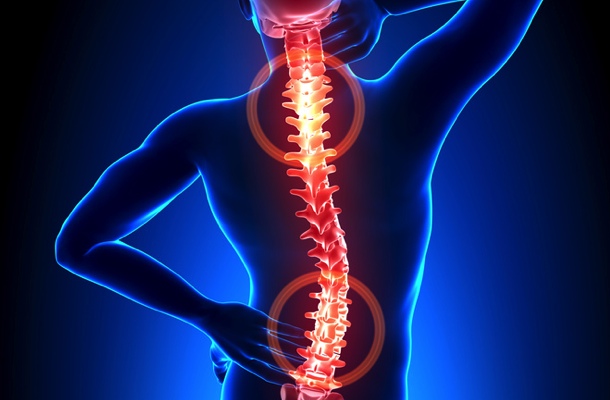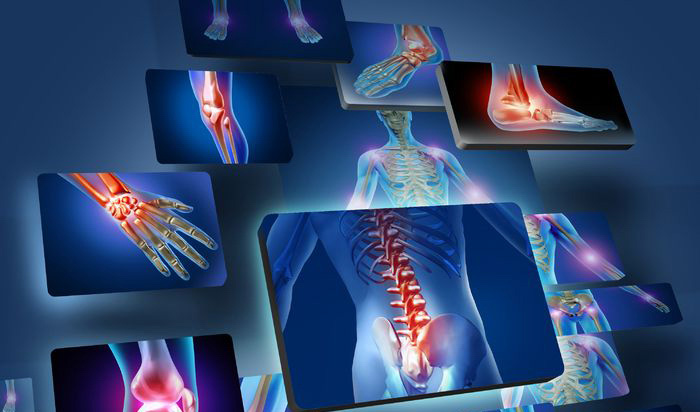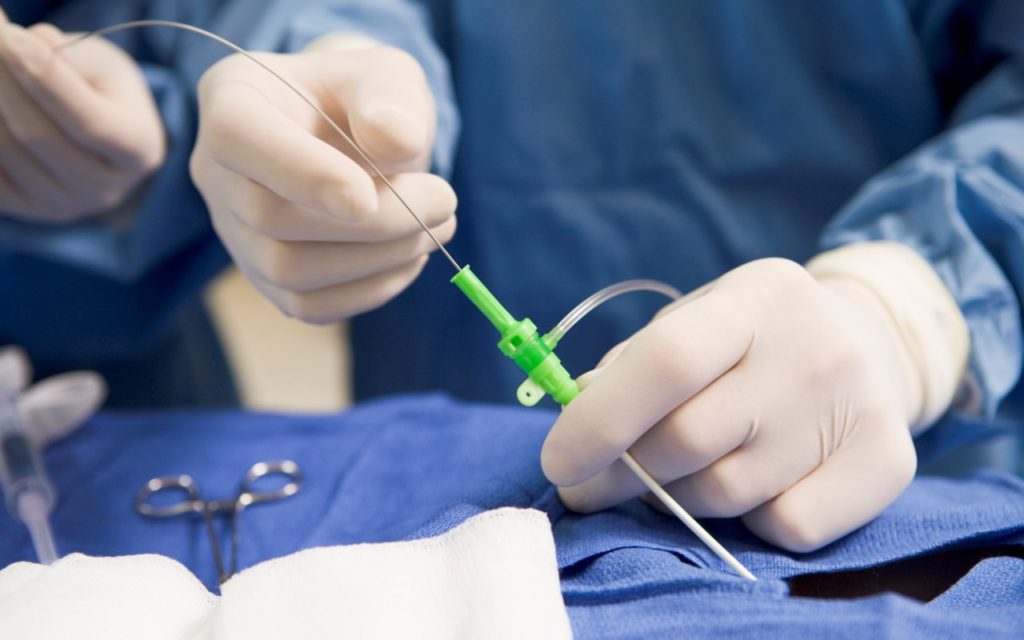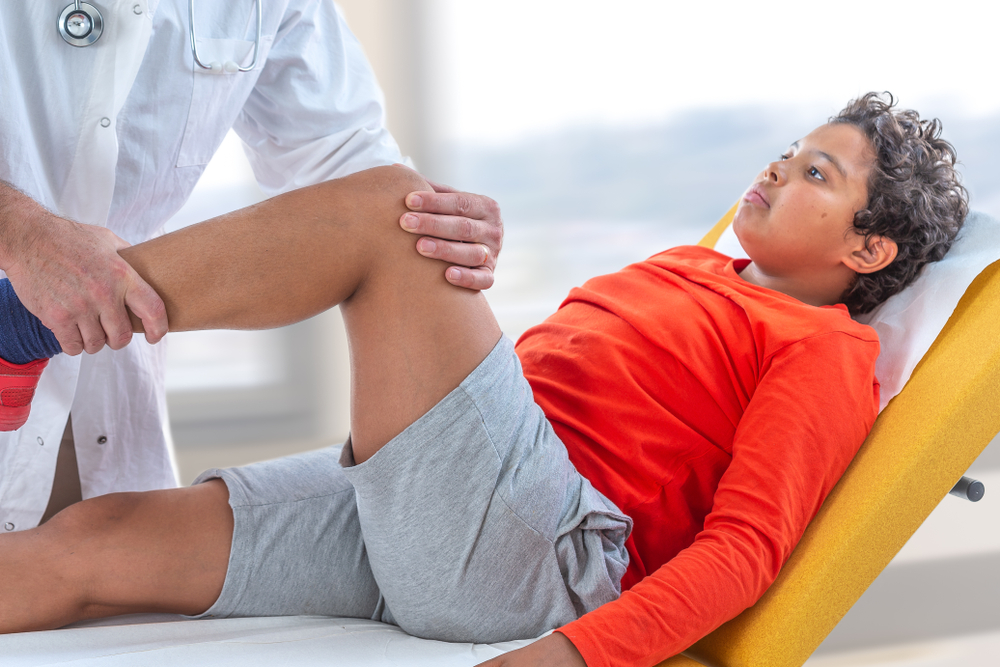It’s the middle of the night and your child wakes up complaining of leg pain for the third time this week. As a parent, you worry that it might not just be the result of sports practice earlier that day. Is it something much, much worse that you could be overlooking?
“Relax,” says Col ( Dr ) Adari . The discomfort may simply be from “growing pains.” Medically, growing pains aren’t a big deal, but they can prompt tears, sleeplessness and concerns for all involved.
Here are some common questions about growing pains, how to help your child through them, and when it may be time to see your pediatrician.
What Are Growing Pains?
Children, from preschoolers to preteens, typically experience growing pains as a dull, throbbing ache in both of their legs or calf muscles. The pains come and go, can occur in the day or evening, and can even wake a child up from sleep.
Many people assume that growing pains start in the bones – but there isn’t any scientific evidence that the discomfort is related to bone growth. Some experts think what we know as “growing pains” could be because of a lower pain threshold to muscle strains that are caused by normal play.

Who Gets Growing Pains?
- Twenty-five to forty percent of children will experience growing pains at some point in their lives, and are slightly more common in girls than boys. Growing pains seem to happen during the preschool years and again during preteen years, with most cases reported between the ages of three to five and the ages of eight to 12.
What Helps Relieve the Pain?
- Heating pads
- Massage
- Cuddles and distraction with a movie or toy
- Stretching
- Ibuprofen or acetaminophen. Ibuprofen can upset the stomach, so give it with food or milk. Never give a child aspirin because it can cause a rare reaction called Reye syndrome.
When Should My Child See a Doctor?
Growing pains never affect a child’s joints, and the pain typically only lasts a few hours at a time. If your child is complaining of long-lasting joint pain or joint pain in the morning, or if the joints look red or swollen, then go see your pediatrician. Also make a doctor’s appointment if the pain is accompanied by limping, fever, rash, changes in appetite, weakness or tiredness.












